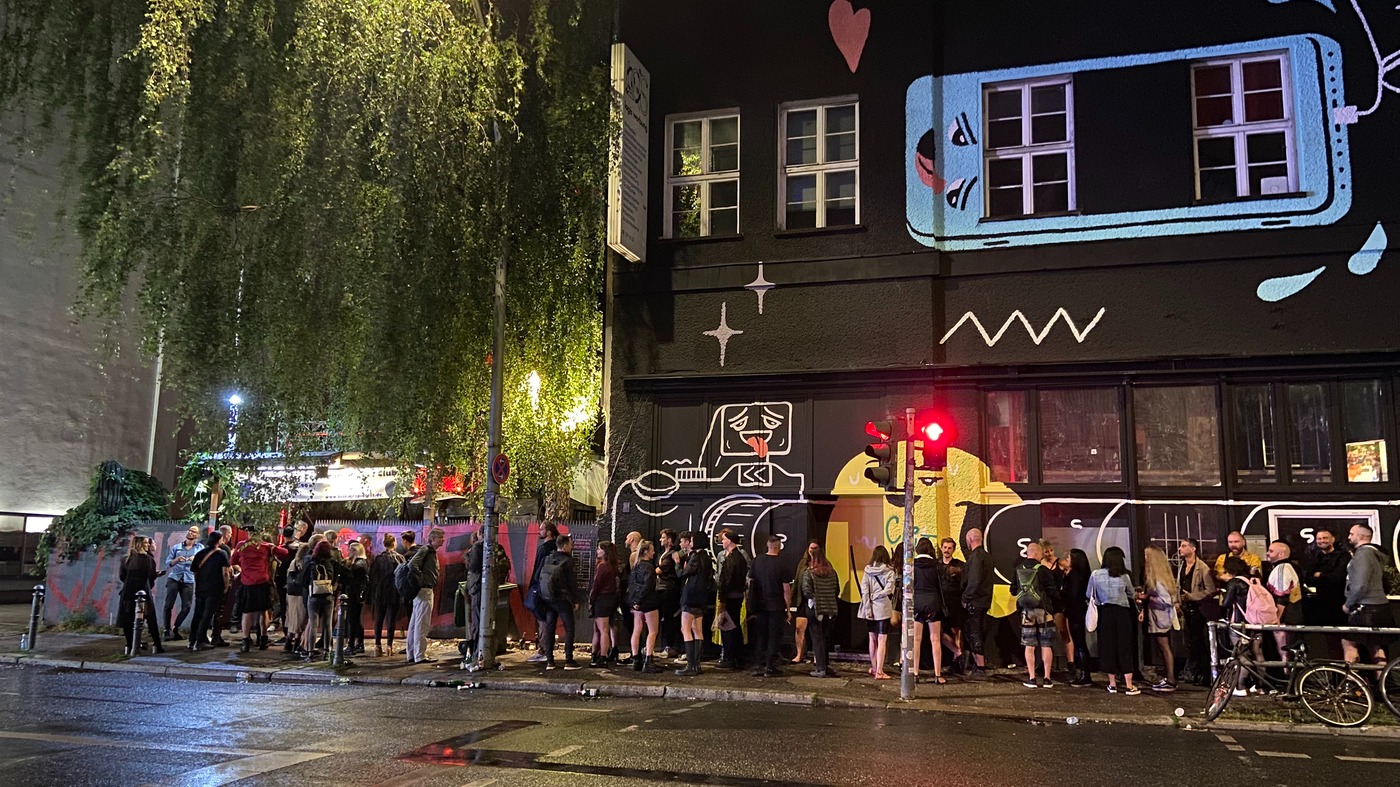Berlin, the city that emerged from the rubble of World War II and the division of the Cold War, has undergone a remarkable transformation over the past few decades.
As a frequent visitor to Berlin since the late 1990s, I’ve witnessed its evolution from a city struggling with its past to a vibrant metropolis that embraces its history while constantly reinventing itself.
During my first visit, Berlin was still basking in the aftermath of the fall of the Wall, a period of optimism and change. I remember stumbling upon a bar owned by the cousin of Derek Jarman, where I DJ’d with scratched 78s and experienced the city’s legendary nightlife.
Berlin, Germany (Credits: National Geographic)
Over the years, I’ve explored Berlin, from its iconic landmarks like the Fernsehturm to its eclectic street scenes, from the cultural hub of Mauerpark to the artistic enclave of KW Institute for Contemporary Art.
Berlin’s cultural landscape is rich and diverse, blending history with modernity. Neukölln and Friedrichshain, with their no-curfew streets and underground clubs, have become synonymous with Berlin’s edgy nightlife.
However, the revival of Charlottenburg, with its Art Deco architecture and leafy boulevards, offers a different side of the city. Here, hotels like Wilmina and The Hoxton have breathed new life into the area, attracting a mix of locals and tourists alike.
Charlottenburg’s charm lies in its slower pace and sense of openness. Unlike the more frenetic neighborhoods, it has a quieter, more relaxed vibe.
It’s a place where the old meets the new, where traditional artisans coexist with trendy new eateries and shops. As I cycle through its streets, I can’t help but feel a sense of nostalgia for a Berlin that is rapidly changing.
Berlin’s transformation has not been without its challenges. As the city becomes more affluent, artists and creatives are finding it increasingly difficult to afford living here. Many are now looking to cities like Leipzig and Düsseldorf for a more affordable alternative.
However, Berlin’s cultural scene continues to thrive, with new galleries and art spaces opening up, showcasing the city’s enduring appeal as a hub of creativity and innovation.
In many ways, Berlin remains true to its reputation as a city that is both poor and sexy. Its affordability and vibrant cultural scene make it a magnet for artists and creatives from around the world.
As I sit in my favorite coffee shop, watching the world go by, I can’t help but feel grateful for the opportunity to witness Berlin’s evolution firsthand.
